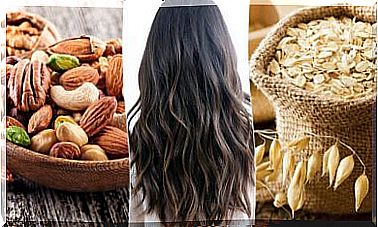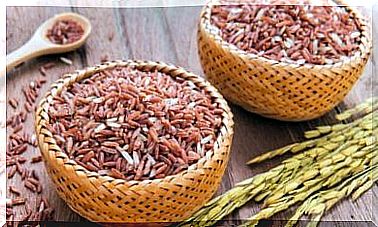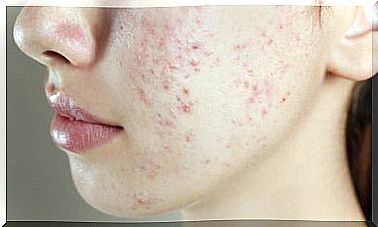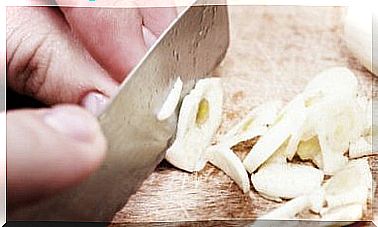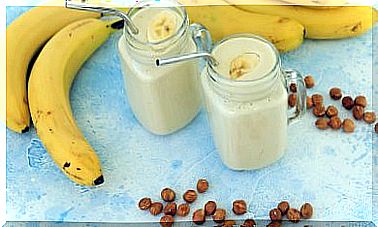The 7 Best Tricks To Disinfect Your Fruits And Vegetables
The daily consumption of fruits and vegetables is one of the most recommended habits to maintain the physical and mental well-being of the whole body. Although all varieties of foods are important, these two stand out as one of the main sources of essential nutrients. That is why it is important to disinfect your fruits and vegetables.
Nutritionists recommend consuming them raw, not only to take 100% of their components but to obtain many health benefits.
However, they also suggest to be careful when handling them, since it is essential to disinfect them to avoid diseases due to bacteria or problems due to pesticide residues.
Although it cannot be denied that they are very healthy, their surface is often exposed to germs and chemicals that can have a negative impact on the body.
Fortunately, there are several natural methods that, without altering their taste or texture, help to clean them to make them suitable for consumption.
Discover them!
1. White vinegar to disinfect your fruits and vegetables
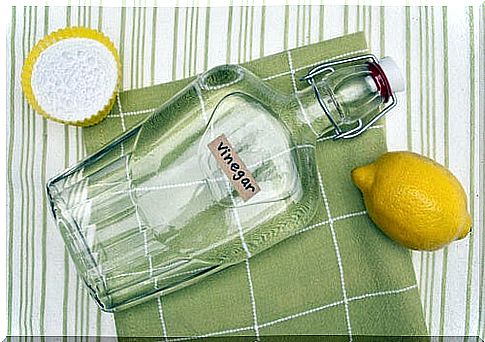
White vinegar has antibacterial and antiseptic properties that can be used to disinfect fruits and vegetables.
Because it is a 100% organic ingredient, it does not affect the taste of the food or reduce its nutritional properties.
How to use?
- Add a splash of white vinegar to a bowl of water and use the liquid to wash the fruits and vegetables that you are going to eat.
- Carry out this wash before consumption since, in this way, you make sure to eliminate its germs.
2. Lemon juice
The prodigious lemon juice has natural acids that give it antibacterial properties.
This, added to its essential nutrients, help to clean this type of food to make it safer for consumption.
While it can sometimes leave a hint of its acid on them, it almost always disinfects them without altering their taste.
How to use?
- Add the juice of several lemons to a bowl of water and soak the fruits and vegetables for 10 minutes.
- Rinse them with water and consume them.
3. Tea tree essential oil
Although tea tree essential oil should not be ingested directly, its antibacterial compounds can be used as a disinfecting agent for fruits and vegetables.
Adding it to plenty of water you get an antiseptic product, ideal for removing germs and traces of pesticides or chemicals.
How to use?
- Add several drops of tea tree essential oil to a bowl of warm water, then drizzle the liquid over each food you want to sanitize.
4. Baking soda
A solution with baking soda is perfect for disinfecting those fruits and vegetables that are too dirty.
Its abrasive power removes the remains of soil and bacteria, leaving the bark clean and completely disinfected.
How to use?
- Add a couple of tablespoons of baking soda to warm water and use the liquid to clean the food.
- Rub it with your hands so that its compounds act on the peels.
5. Hydrogen peroxide
The combination of hydrogen peroxide (hydrogen peroxide) with water is a simple solution to clean this type of food before preparing it.
This ingredient is a powerful antibacterial that, when applied, removes germs that can cause infections.
How to use?
- Add one part of hydrogen peroxide for every three parts of water and submerge the fruits and vegetables that you are going to consume.
- Let it act for 5 minutes and that’s it.
6. Apple cider vinegar
Although white vinegar is the most used for the disinfection of these foods, the qualities of apple cider vinegar can also be used.
Its organic compounds eliminate some types of bacteria and remove the remains of chemicals and toxins from their shells.
How to use?
- Add half a cup of apple cider vinegar in a bowl with plenty of water and soak the fruits or vegetables you want to eat.
- You can also add it to a spray bottle to spray over the crusts.
7. Sea salt
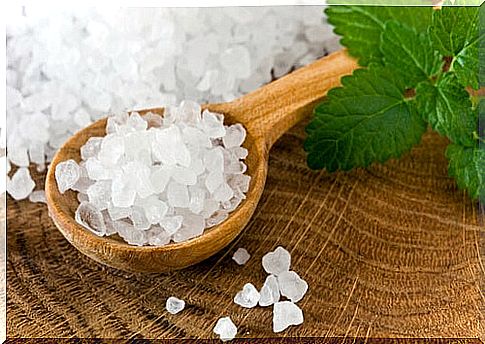
Sea salt has antiseptic properties that can be used to disinfect some types of vegetables and fruits.
However, unlike the previous methods, its application can significantly alter the flavor, leaving a salty touch.
Therefore, it can be used to wash those foods that will later become part of a recipe.
How to use it?
- Add a tablespoon of salt to a bowl of warm water and rub the liquid over the surface of the food.
- Rinse if a very salty taste remains.
As you can see, there are many ways to guarantee the disinfection of your fruits and vegetables.
Although they are not usually noticeable with the naked eye, they can contain germs and harmful substances.
Be careful!


